It is a Company certification not a product certification.
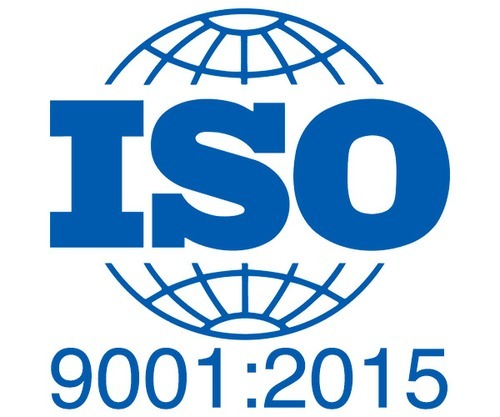
ISO 9001 provides a process-oriented methodology based on a PLAN- DO-CHECK-ACT mechanism that extends to documentation and review of structure, responsibilities, and procedures required to achieve effective quality management in an organization.
The following areas are covered under this standard:
This depends on:
Information is a valuable asset that can make or break your business. When properly managed it allows you to operate with confidence. Information security management gives you the freedom to grow, innovate and broaden your customer-base in the knowledge that all your confidential information will remain that way.
Internationally recognized ISO/IEC 27001 is an excellent framework which helps organizations manage and protect their information assets so that they remain safe and secure. It helps you to continually review and refine the way you do this, not only for today, but also for the future. That’s how ISO/IEC 27001 protects your business, your reputation and adds value.

Understanding and/or applying the requirements of any standard to your business isn’t always a straightforward process. VAJENTHURA has helped train and certify countless organizations around the world to embed an effective ISO/IEC 27001 ISMS. And you can benefit from our experience too with our ISO/IEC 27001 training courses and certification.
Certifying your ISMS against ISO/IEC 27001 can bring the following benefits to your organization:
ISO 14001 is the international standard that specifies requirements for an effective Environmental Management System (EMS).
Unlike other Standards, this provides the framework for an organization to follow rather than specifying requirements that need to be adhered to. It is hence a voluntary standard and is usually integrated with other QMS initiatives to accomplish business goals.
The International Organization for Standardization (ISO) defines an environmental management system as 'a part of the management system used to manage environmental aspects, fulfill compliance obligations, and address risks and opportunities.'
Organizations seeking to manage its environmental responsibilities and contribute to the environmental pillar of sustainability.
It is applicable to an organization, regardless of size, type, and nature, and applies to the environmental aspects of its activities, products, and services that it can either control or influence.
The extent of integration of this Standard with the overall EMS is determined by the organization’s activity, location, environmental policy, products and service offerings.
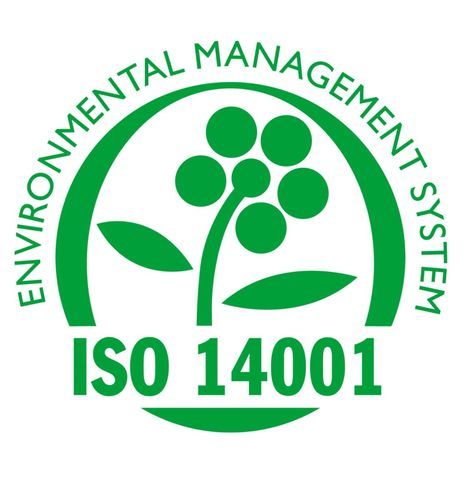
Credible environmental protection requires efficient and effective Environmental Management Systems. It effectively integrates sustainability to corporate goals, minimizes risks and projects your conscious identity. Consistent with the organization's environmental policy, the intended outcomes of an environmental management system include:
6 Months to 1 Year.
Organizations that have already achieved ISO 14001 certification are encouraged to transition to the 2015 version.
To get started you need to:
Over 2.3 million people die every year due to work related accidents. ISO45001 has been designed to help organizations deal with Occupational Health and Safety (OH &S) Management Systems.
This Standard provides a framework to enhance and fortify employee safety, reduce workplace risks and create safer, healthier working conditions.
It incorporates the generic approaches of the ISO 14001 and ISO 9001, OHSAS18001 Guidelines and conventions outlined by the International Labour Organization and various national standards relevant to this area of operation.
Risk to health and safety is a universal occupational hazard. This Standard is applicable to any organization regardless of its size, type and nature- micro business or a global conglomerate, non-profit organization, a charity, an academic institution, or a government department.
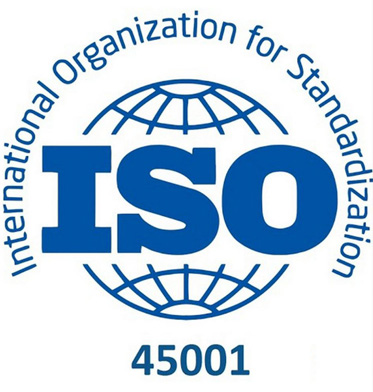
This Standard is concerned with resource conservation to help tackle climate change.ISO 50001 supports organizations in all sectors to use energy more efficiently, through the development of an energy management system (EnMS). This certification is not obligatory.
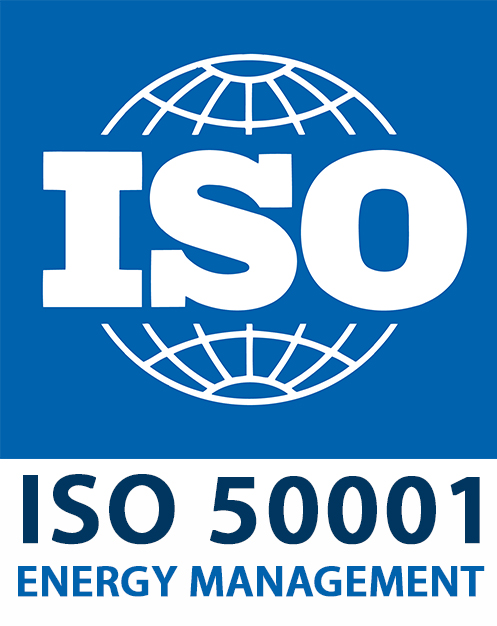
For multinational companies this can greatly simplify compliance with environmental mandates across national borders since ISO 50001 is internationally recognized.
Facility management is one of the fastest growing professional and operational disciplines and it needs some global consistency. And that is where ISO 41001 can help. ISO 41001 is the international standard for a Facility Management (FM) system . It provides a framework to develop, implement and maintain effective facilities management across different sectors worldwide. Benefits include:
ISO 41001 is an internationally recognized best practice framework for an facility management (FM) system. It helps you as an FM provider recognize the scope of your responsibilities and create a management structure, with appropriate resources to address your needs and the strategies of those you deliver services too.
ISO 41001 can help both providers of FM services, and procurement teams, by providing a benchmark to measure competency and maturity of FM delivery in a global market.
By achieving ISO 41001 certification you demonstrate that your FM system meets international best-practice, promoting consistent global capability and delivery of FM.
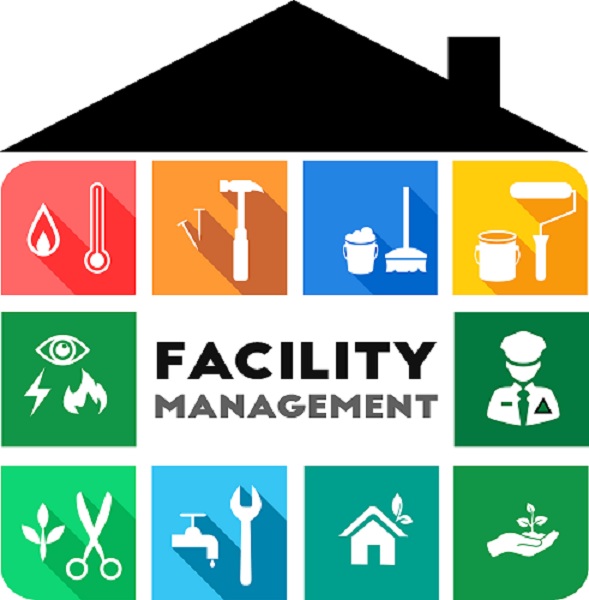
You need to:
We have great resources and support services to help you to start implementing ISO 41001 into your organization.
You need to:
ISO 41001 certification shows customers and stakeholders you’re committed to delivering consistent facility management service that adds value.
ISO 41001 Facility Management system certification should be hassle-free. You’ll be appointed a VAJENTHURA Client Manager, a trusted expert with relevant industry experience to your business, who can guide you through the process.
You need to:
When you achieve certification you’ll receive your VAJENTHURA ISO 41001 certificate which is valid for three years. Your VAJENTHURA Client Manager will visit you
At VAJENTHURA we have the expertise and knowledge to help you to get the most from ISO 41001. Our industry experts, our comprehensive support materials and our training courses delivered by tutors with years of practical industry knowledge mean we’re best placed to help you understand the standard.